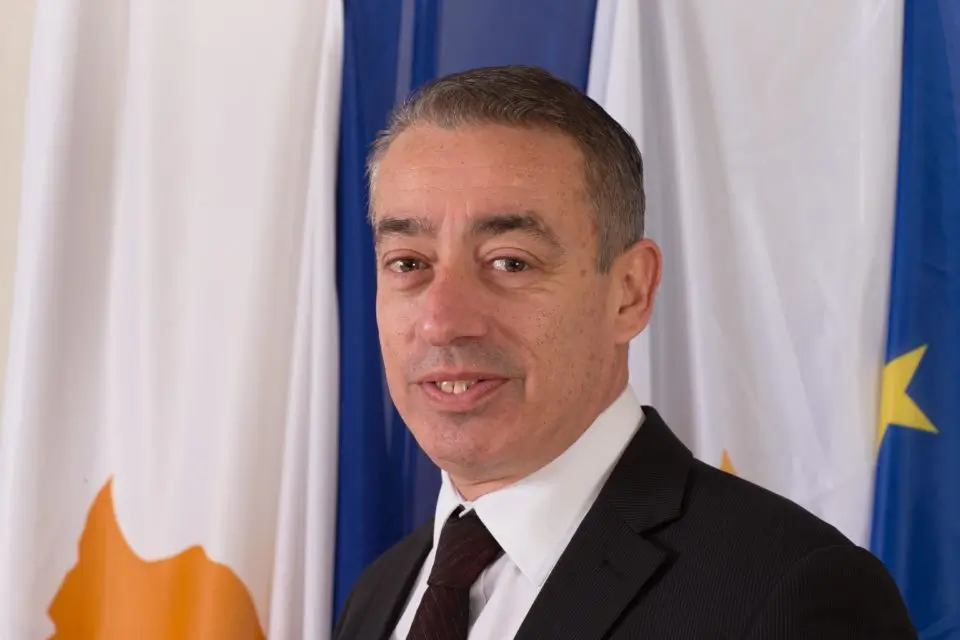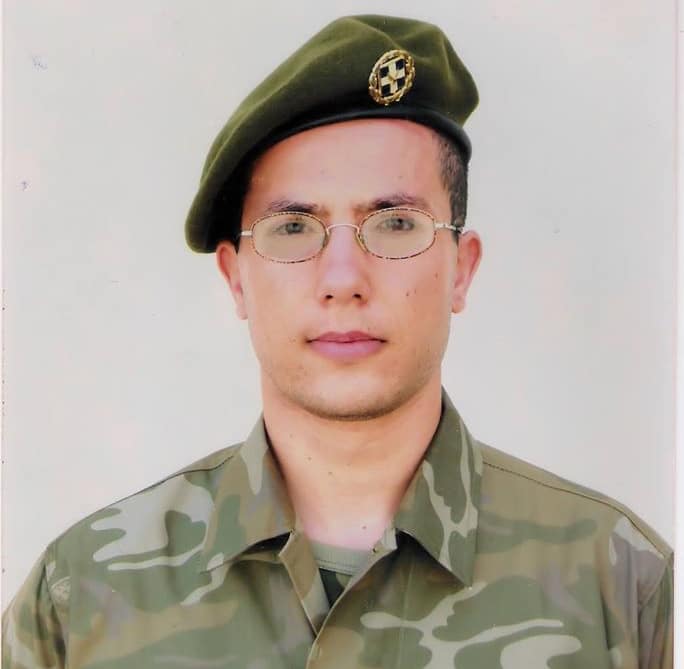A handwriting expert testified in court on Thursday that former volunteer commissioner Yiannakis Yiannaki’s high school diploma was tempered with, with the case against him regarding the alleged forgery of a high school diploma, a university degree, and a letter of recommendation continues.
Yiannaki has already pled guilty to three of the eight charges which he faced, with those charges having related to having knowingly circulated forged documents. His trial now is over the remaining five charges.
The handwriting expert was called to the stand by prosecution lawyer Marina Masoura, and explained that she had been asked to examine two documents: a photocopy of Yiannaki’s original high school diploma which was translated to English and dated on January 8, 1983 and a translation to English of his high school diploma dated 26 June, 1984.
She said she was asked to examine the first document for any possible “alterations or interventions” and then compare it to the second document.
Of the first document, she said it was a copy created by laser reproduction, which, she said, makes it “more uncertain to express an absolute opinion”.
She said the document was likely printed mechanically or electrically, thus from a traditional typewriter, while some of the document seems to have been completed with “a mixture of handwriting”.
Asked where handwriting would be present in the document, she said that in the space for the overall mark, listed as 17.2½ in numbers and then as “(seventeen and 2½)” next to it, the number “1” was printed, while the numbers “7” and “2” were handwritten.
In addition, she said, the word “seventeen” and the number “2” in brackets were also handwritten.
Lower down the document, she pointed out that in subject-specific marks, where the number of a mark does not correspond to the written mark, the number was handwritten.
This is the case for religious education, written as “19 fifteen”, modern Greek, written as “15 thirteen”, physics-chemistry, written as “19 thirteen”, mathematics, written as “17 twelve”, economic mathematics, written as “17 ten”, English, written as “19 thirteen”, and book-keeping, written as “14 ten”.
In conclusion, she said, the document “has been partially forged”.
Comparing that document with the other she was asked to examine, she pointed out that while the mark on the first document is listed as 17.2½ in numbers and then as “(seventeen and 2½)” next to it, the mark on the second is listed as 13.2½ in numbers and then as “(thirteen and 2½)” next to it.
She also said that there were discrepancies between the marks awarded for individual subjects.
She was then cross-examined by defence lawyer Petros Stavrou, who asked her if she was able to say when an alteration was made to a document and who made it. In both cases, she answered in the negative.
The next hearing will take place on May 22.
Yiannaki resigned from his role as volunteer commissioner in 2021 amid a media storm over the alleged crimes.
The case had drawn intense social media scrutiny, with pictures of crudely doctored documents doing the rounds.
In 2022, then police spokesman Christos Andreou had said that the San Diego State University, the university in the United States at which Yiannaki had claimed to have studied, said it had no knowledge of or ever even heard of him.
He said that the police had received oral confirmation from the university in question that Yiannaki never graduated from the institution.
“The case is essentially concluded but we are waiting for this piece of evidence… once we receive it, we can assess which offences may have been committed,” he said.
A picture of his university degree, a bachelor’s in civil engineering issued in 1992, had circulated, with the certificate bearing the signatures of four officials, one of whom is Edmund Gerald Brown Jr, cited as California governor.
However, Brown was not California governor in 1992, having served between 1975 and 1983 and then between 2011 and 2019. In 1992, Brown was putting together a run for the United States’ presidency, but came second in the Democratic party’s primary race to then-Arkansas governor Bill Clinton.
Apparent tampering with Yiannaki’s high school diploma and his university degree, was discovered by the auditor-general of the day Odysseas Michaelides after he received an anonymous complaint about the issue.
During the case so far, Yiannaki has been through two lawyers, with Yiannis Polychronis having walked out in November last year following a warning from judge Gregoriou about contempt of court, and his successor Thanasis Korfiotis asked to withdraw from the case citing “ongoing disagreements” between himself and his client.







Click here to change your cookie preferences